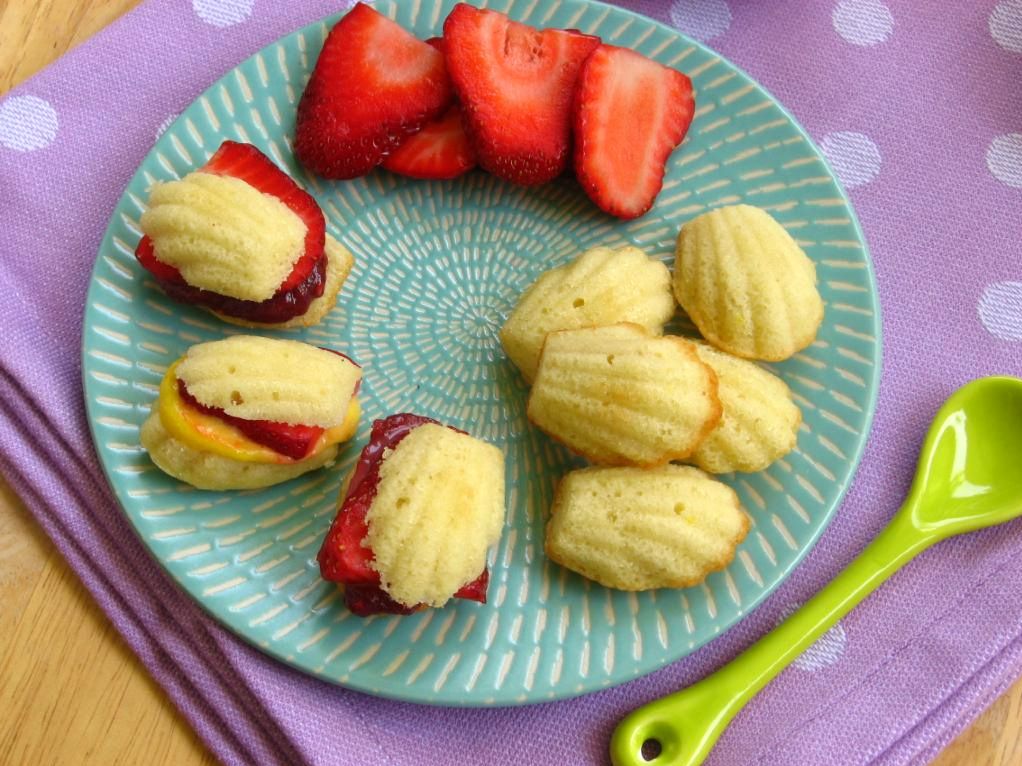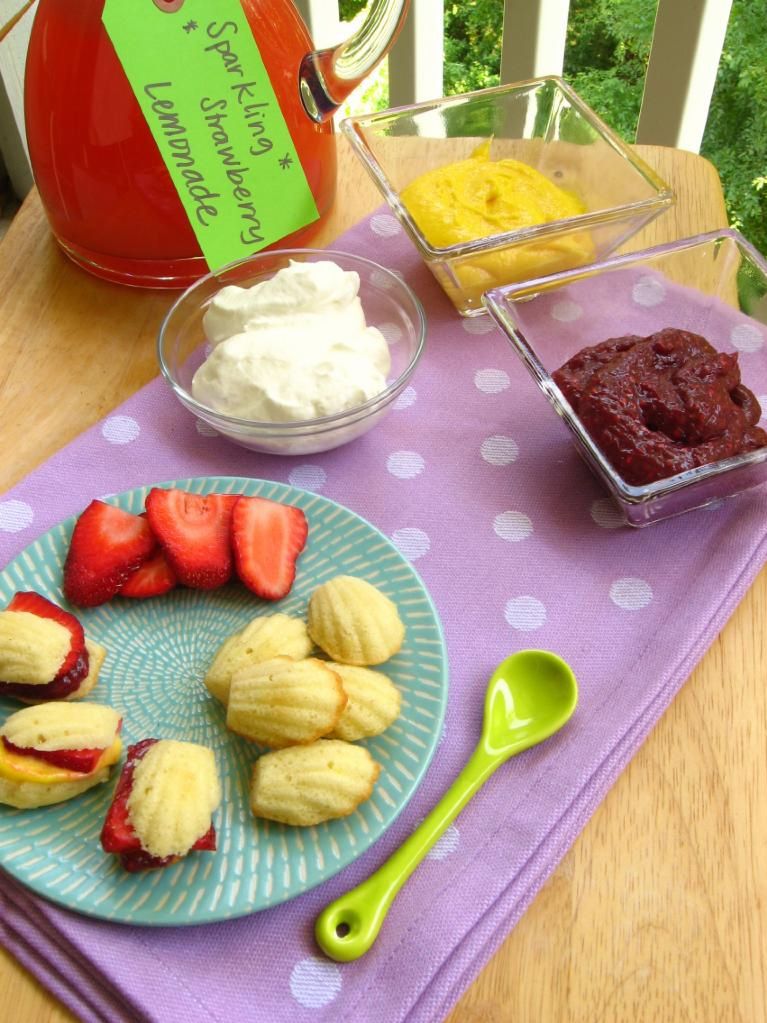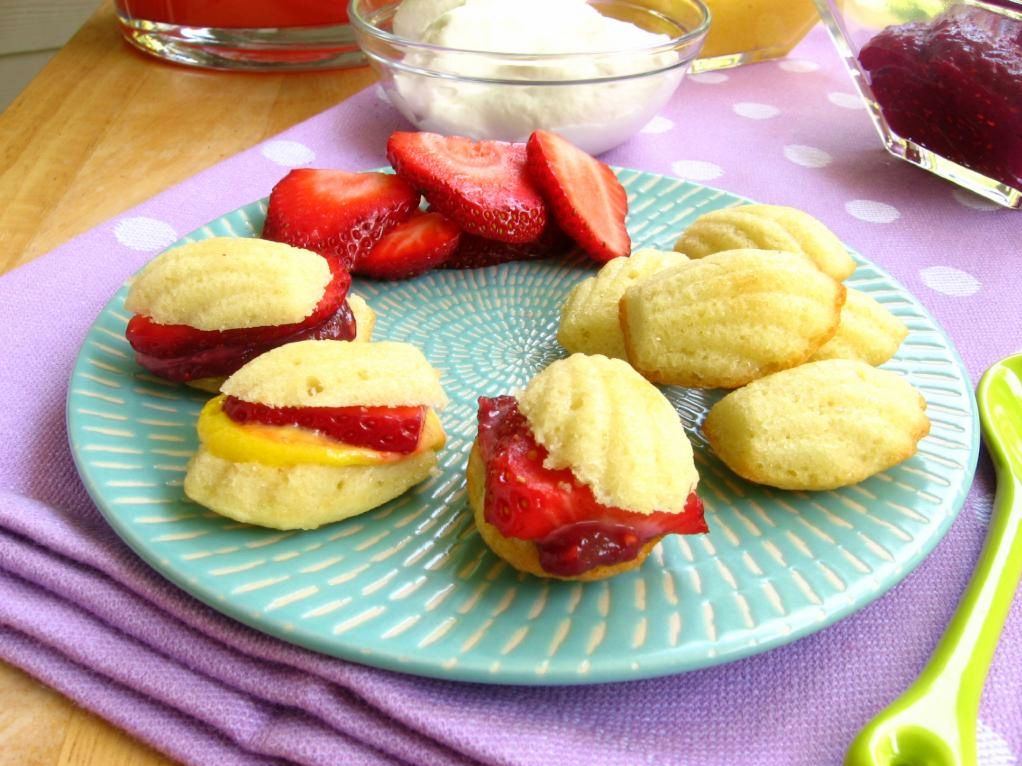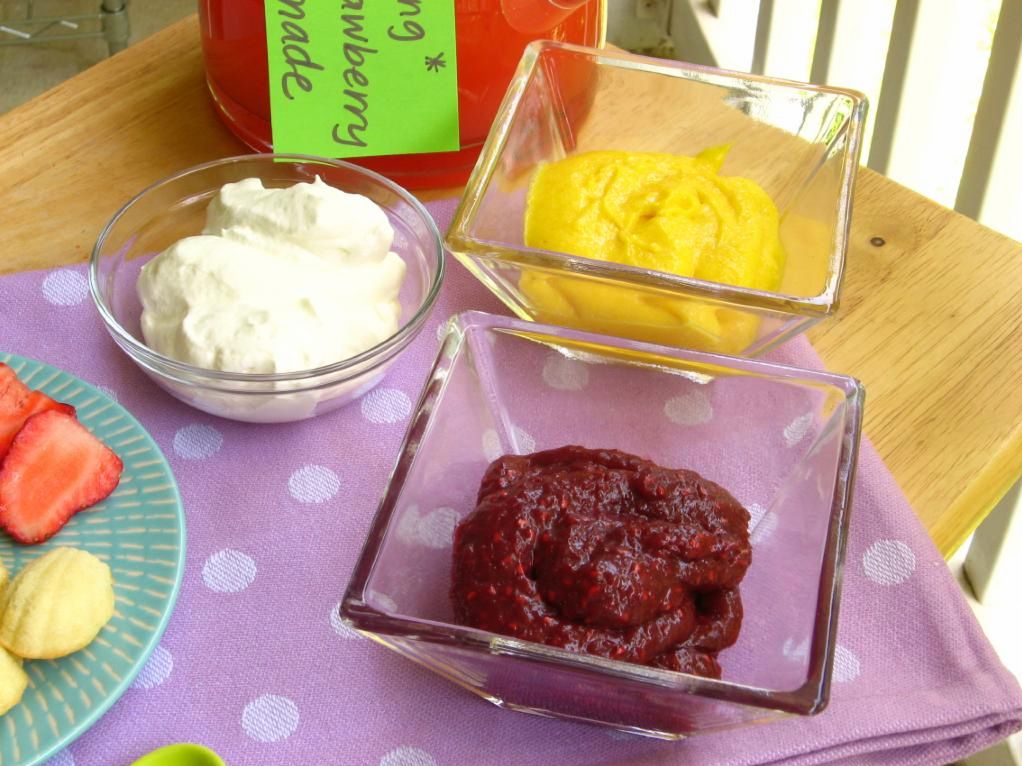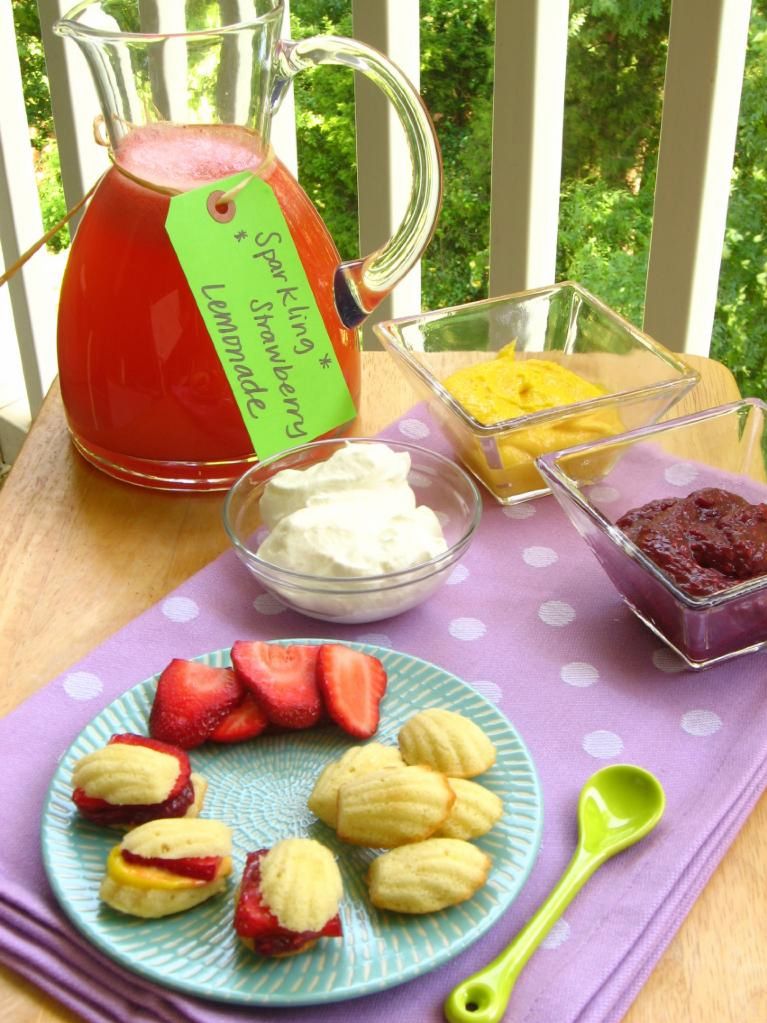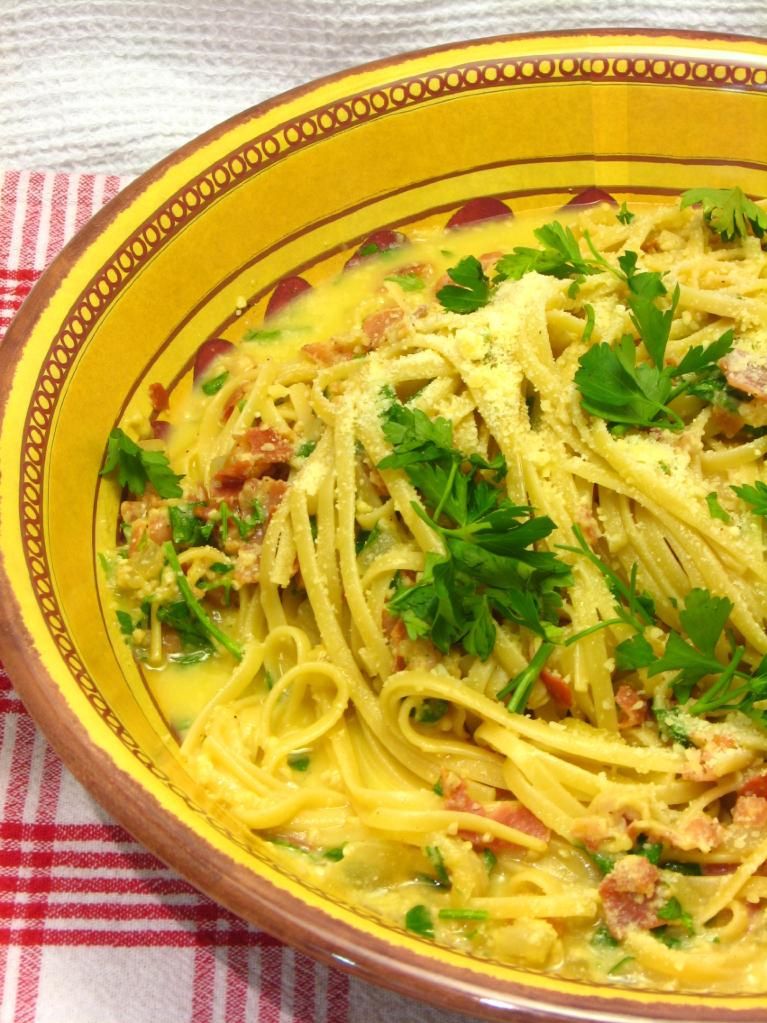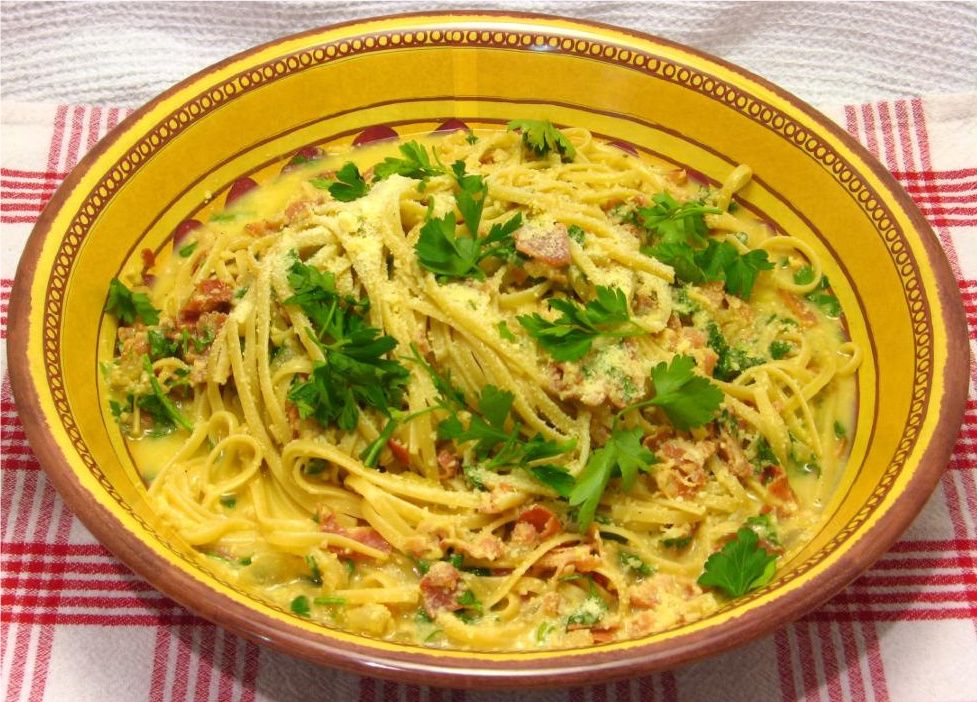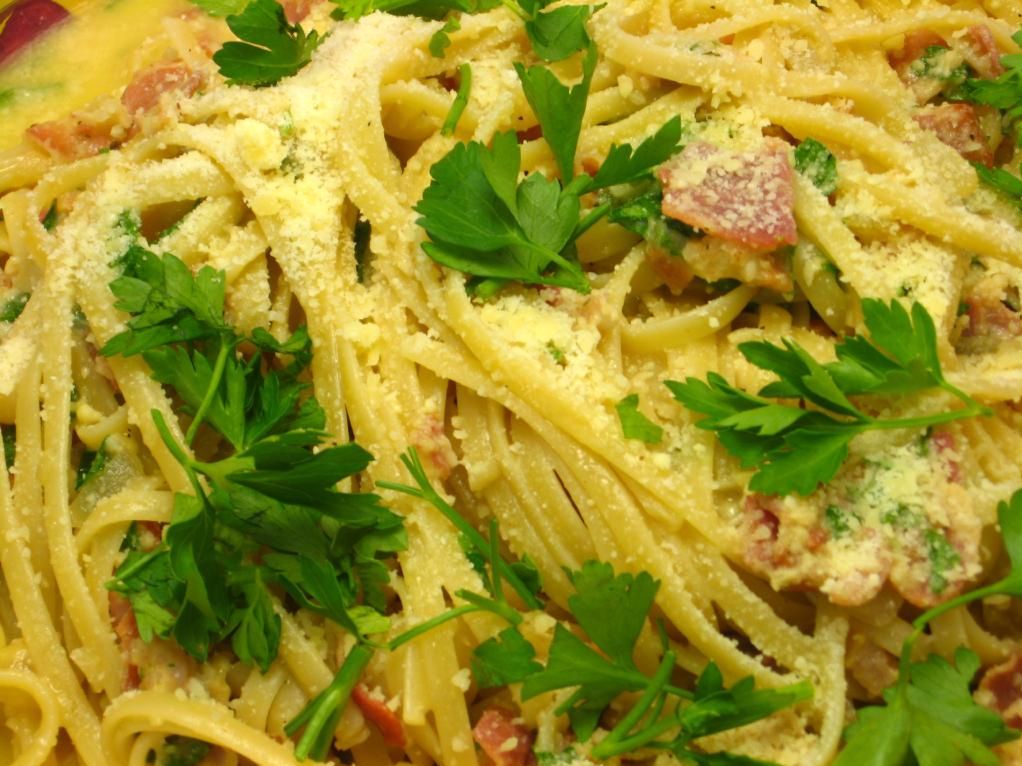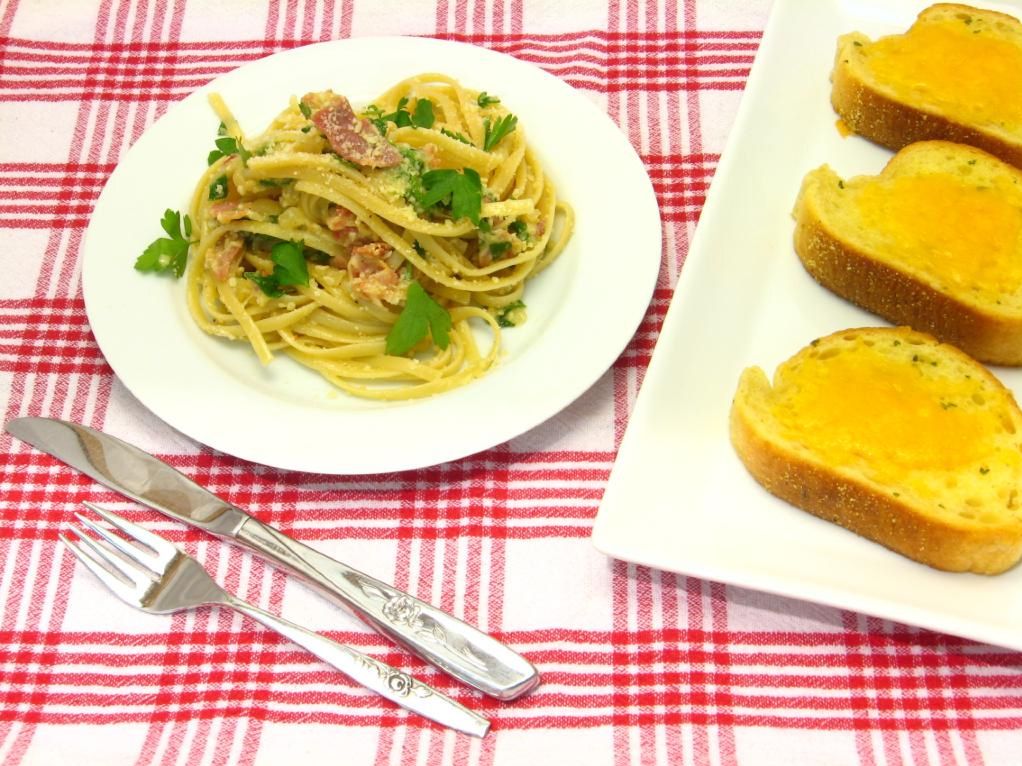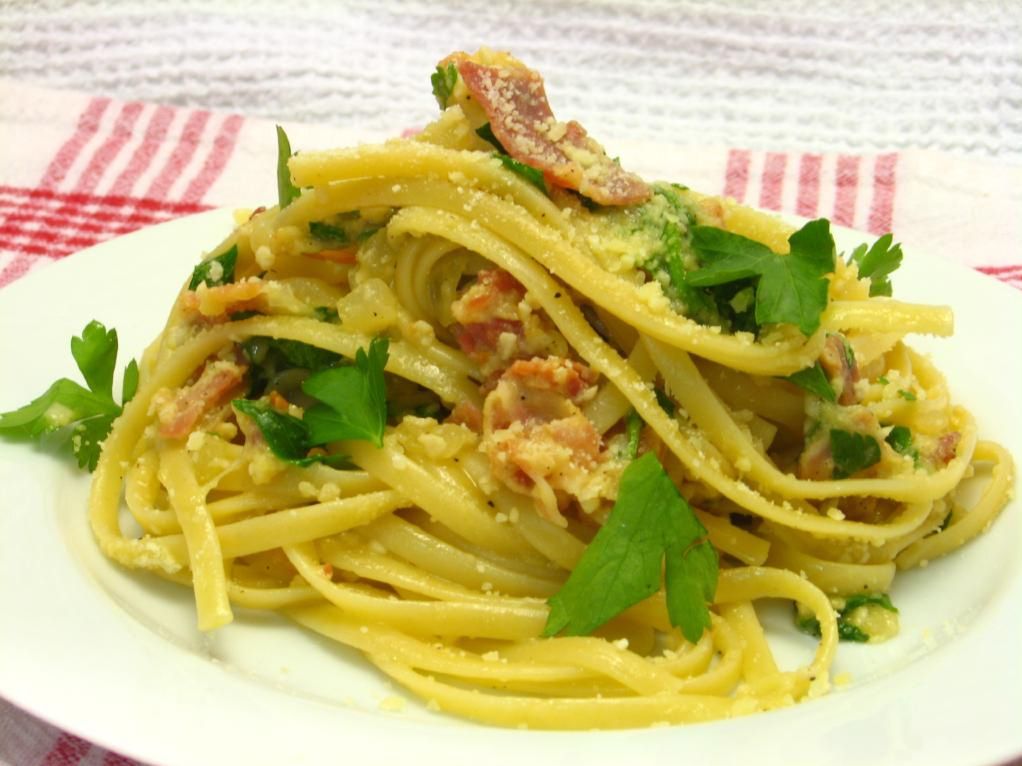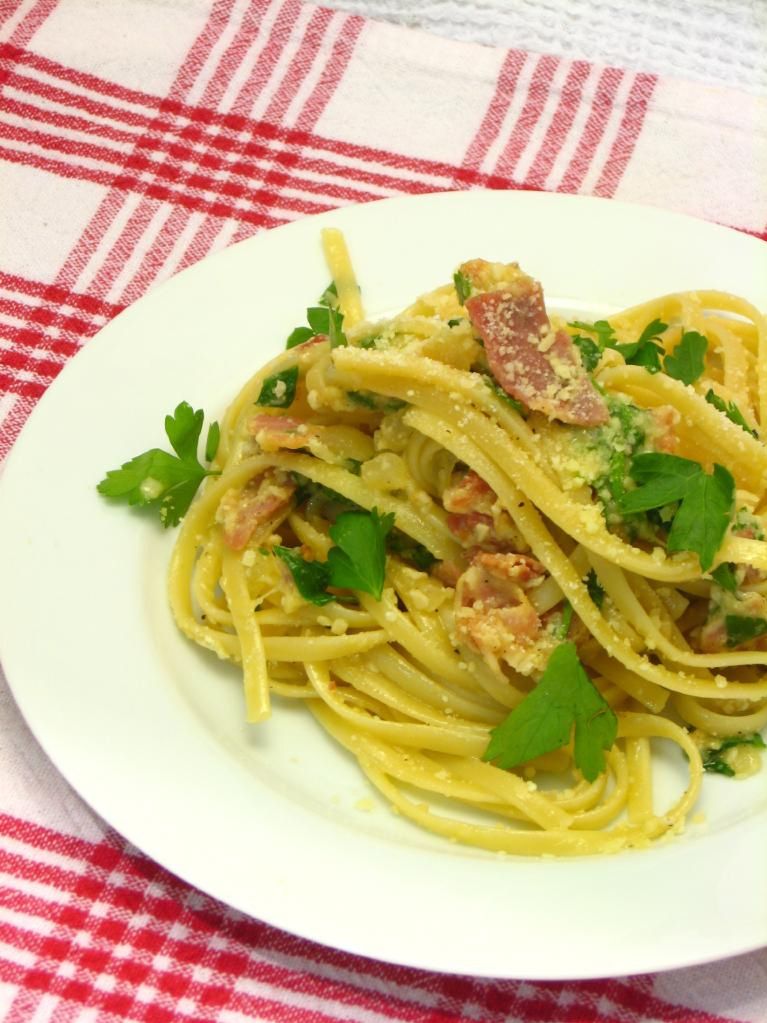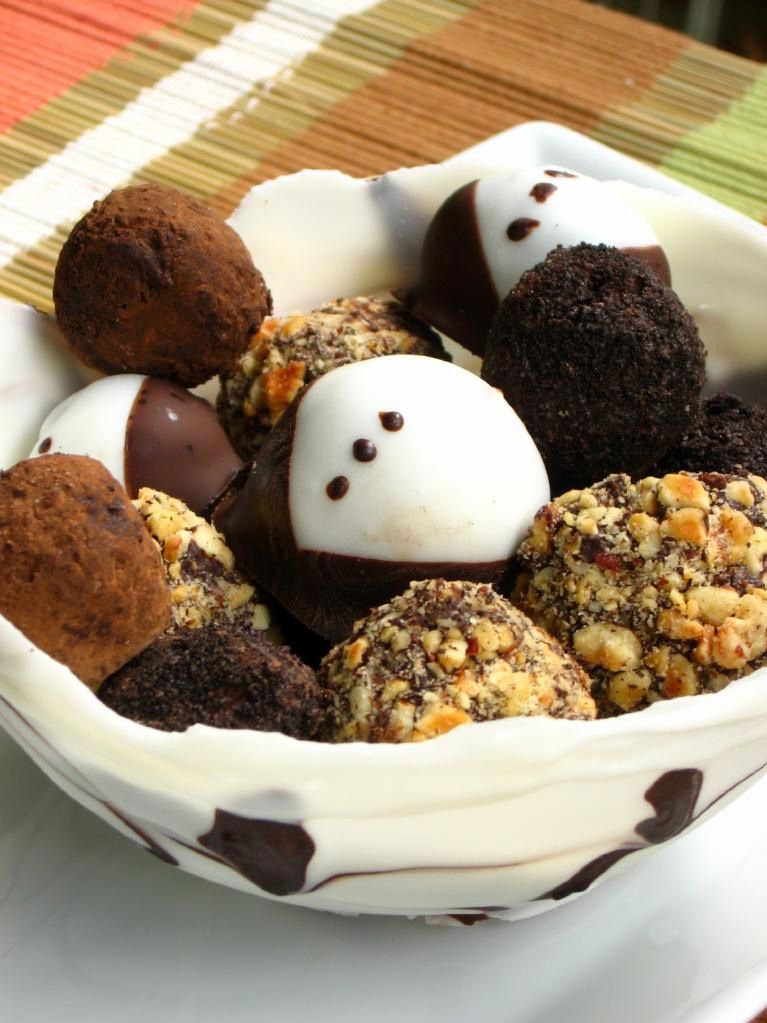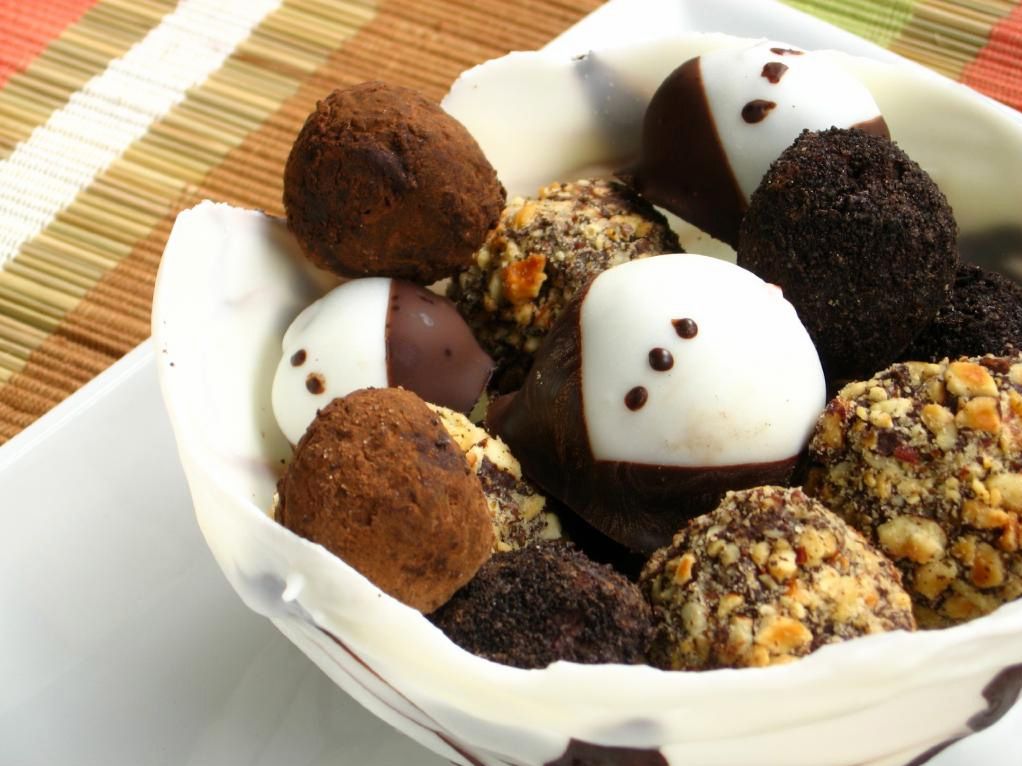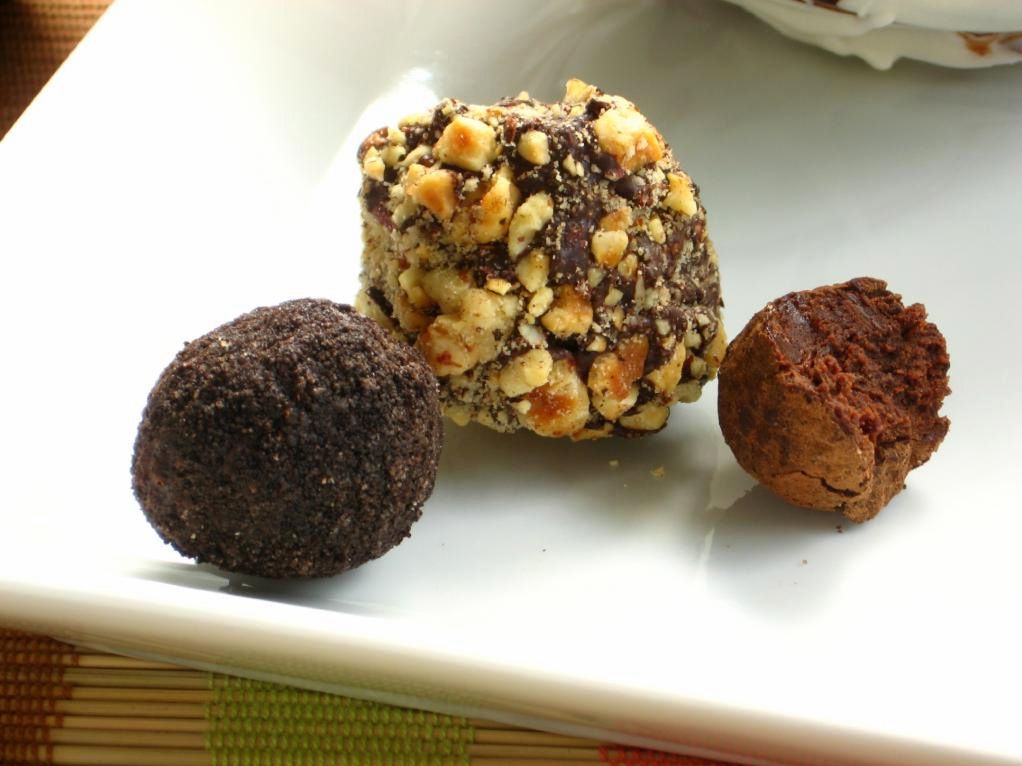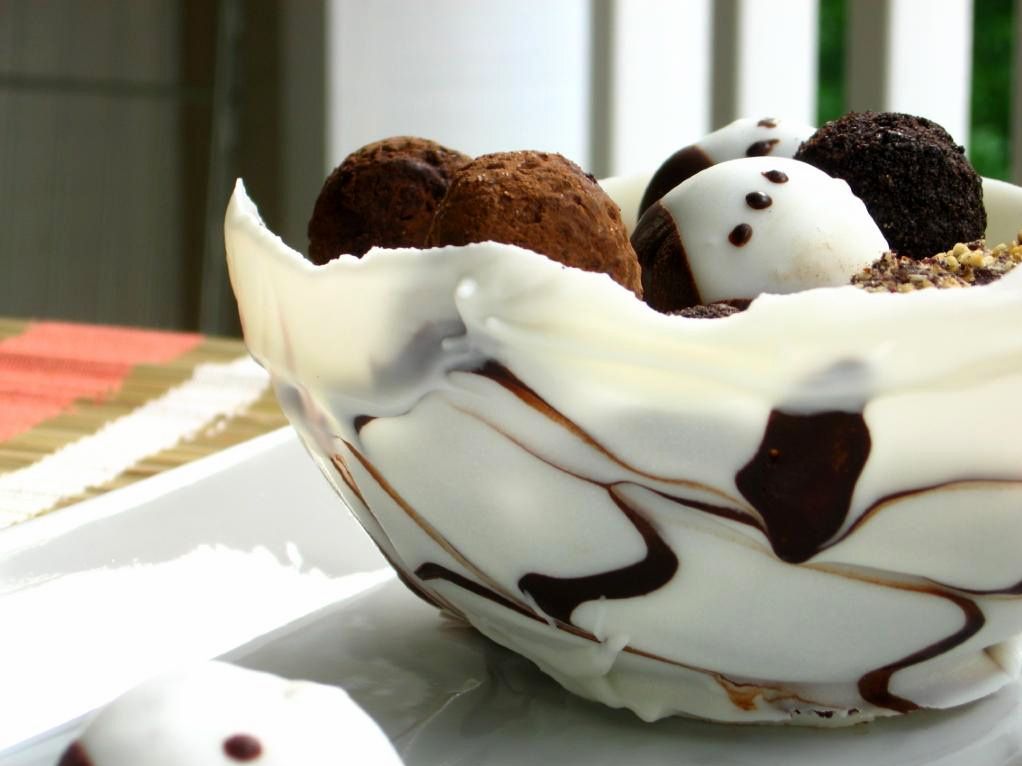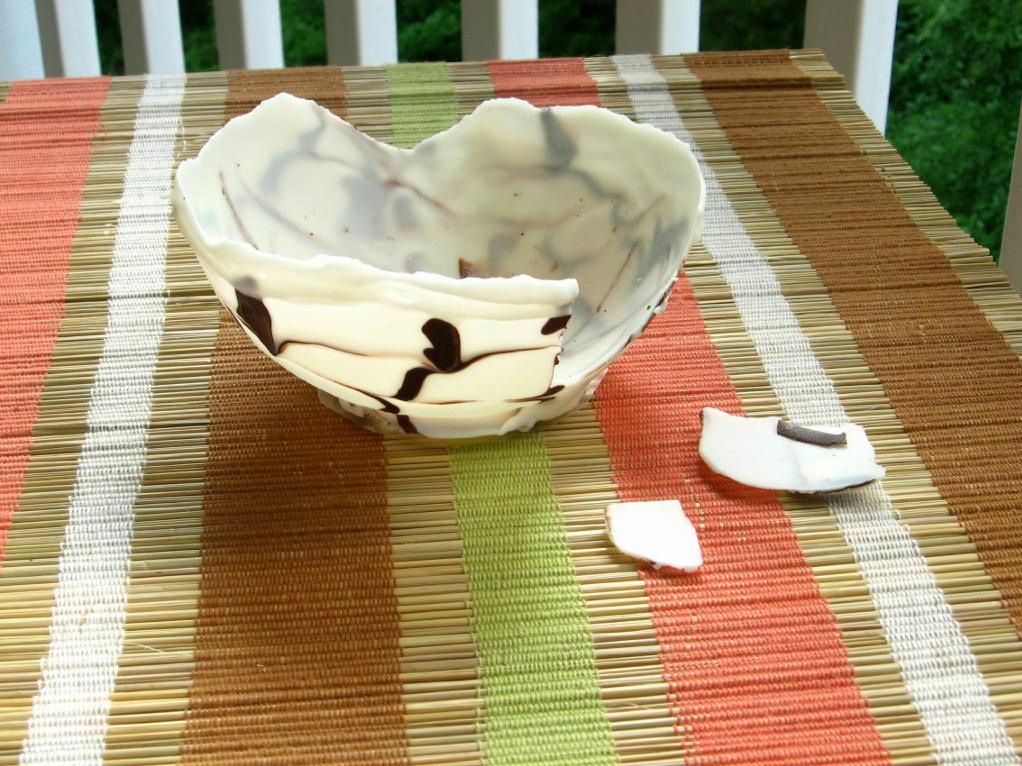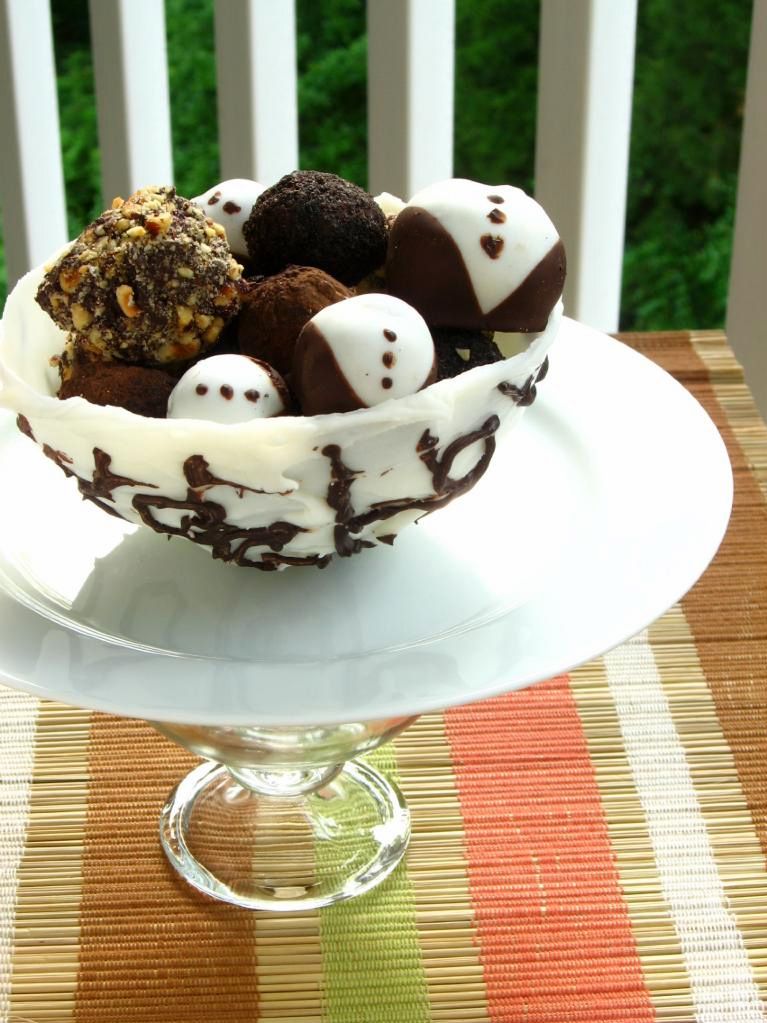Historically, I’ve been biased against beverage-making. First off, Coke Zero exists in the world — why would anyone feel the need to make a different beverage?! Would you be completely ashamed of me if I told you that I drink Coke Zero with breakfast, lunch, and dinner? Would it help if I promised that I drink a lot of water, too?
Second off, why make a beverage when you could be making cupcakes?! Or cakes, or pies, or tarts, or enchiladas, or . . . anything!
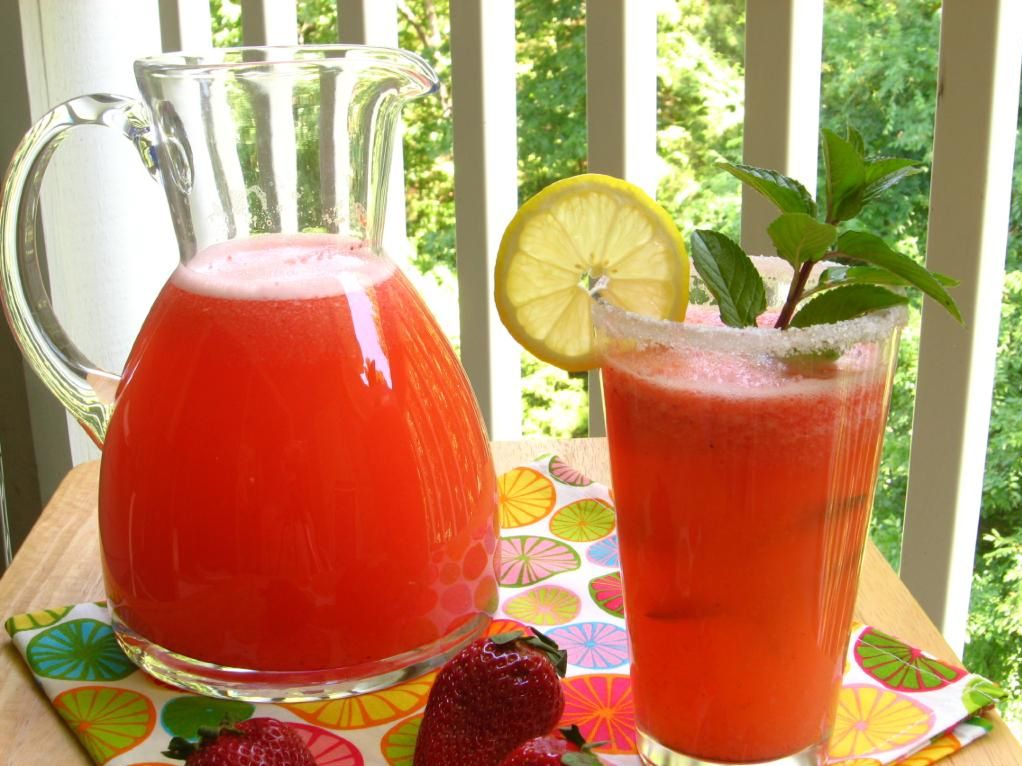
It took a great professor to show me the error of my beverage discriminating ways. First, a little background info. I was blessed to go to an amazing college — Davidson College, that is — where I learned so many important life lessons: how to pull an all-nighter studying for multivariable calculus, how to write more simultaneous essays than humans are actually capable of, how to illegally park to turn in an exam before the deadline, and, perhaps most importantly, all the lyrics to Vanilla Ice’s “Ice, Ice Baby.” I jest, but really, I did learn an incredible amount, hone my work ethic, and generally enjoy every moment at that fantastic school.

One facet of Davidson I particularly valued was the faculty and the close bonds formed between professors and students. Classes were invited to dinners at professors’ houses, faculty doors were open wide to chat with students about academics or life in general. I had many wonderful professors (in fact, only one not-so-wonderful professor, which has to be a miracle in 4 years!), including Dr. Peroni. Dr. Peroni is a biology professor with an infectious laugh who is passionate about the outdoors and a great biostatistician. My turtle, Squirt, and I lived above her garage my senior year of college, when he was just a wee shellbaby. It was Dr. P who introduced me to experiencing a beverage, and I’m sure she doesn’t even know it!
One summer I was doing research at Davidson and Dr. P invited a bunch of us lab rats (ha ha) over to her house to make DNA earrings (like these). Shut up! What, you don’t have random biological jewelry?! I’ll have you know that I also proudly own neuron and microscope pendants. So there.

Anyhow, at her house she poured us some freshly brewed ice tea and offered us each a big sprig of mint from her garden to stir it with. The taste itself wasn’t even the point for me — but adding the home-grown mint, the act of sprucing up a beverage and enjoying it slowly instead of just glugluglugging it out of a Coke bottle . . . that was galvanizing. Oh, just like food, drinks can be an experience.
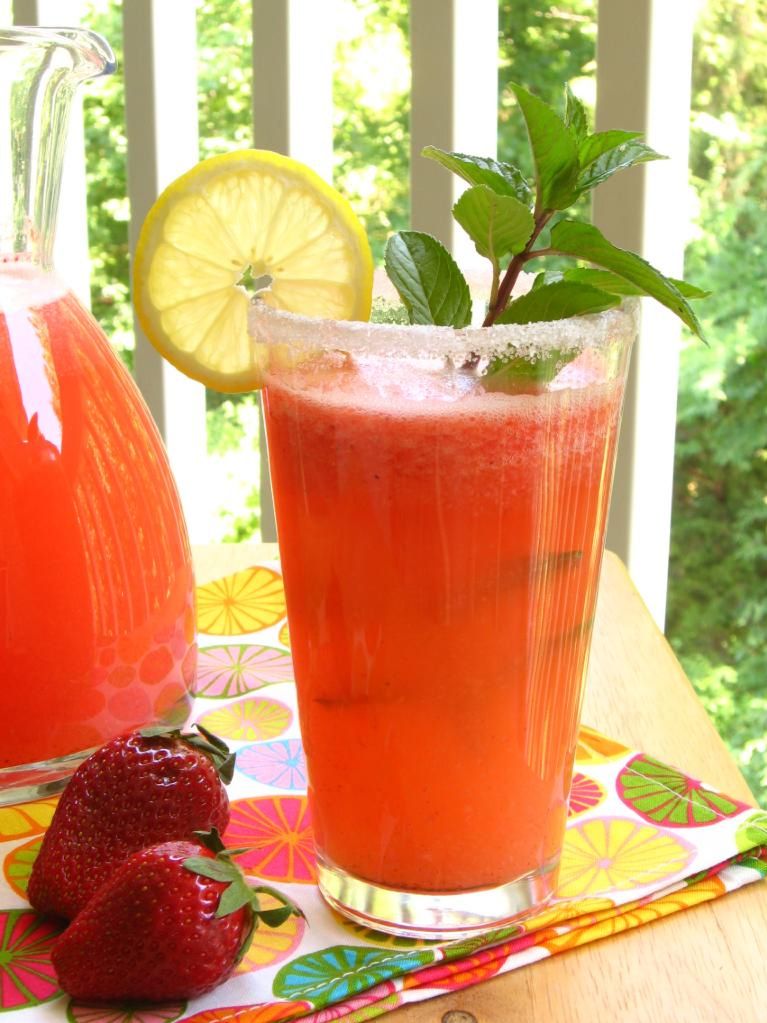
Since then, I’ve been on the lookout for possible drink recipes. All sorts of fantastic lemonades have been catching my eye on the interwebs lately — berry lemonades, herb and lavender lemonades, plain ol’ lemon lemonades. Also catching my eye have been mocktails — snazzy juice and seltzer concoctions that fellow teetotalers enjoy instead of their alcoholic counterparts. When working on my summer dessert, I decided it was also the perfect time to roll out a summer drink. Combining my mocktail and lemonade inspiration, I decided to make some gorgeous Sparkling Strawberry Lemonade — with lots of accoutrements, of course: slices of juicy lemon, plump strawberries, ice cubes, a sugar-crusted rim, green bendy straws, and of course, big sprigs of fresh mint! After all, it’s all about the experience.
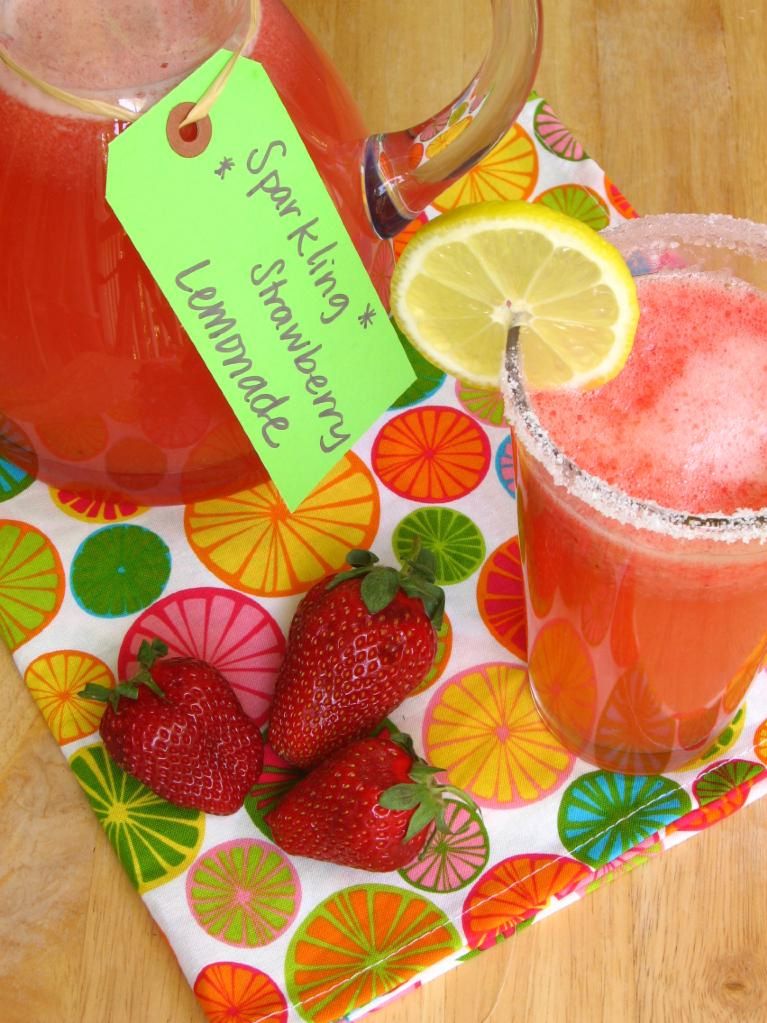
Next time I might add more strawberries, because I want an even bolder strawberry-lemon ratio, but the lemonade was perfectly tart and sweet. After embellishing my glass with the above additions, I thoroughly enjoyed sip-sip-sipping my time away. Make a big pitcher of this fresh summer treat and enjoy it on your porch or balcony tonight!
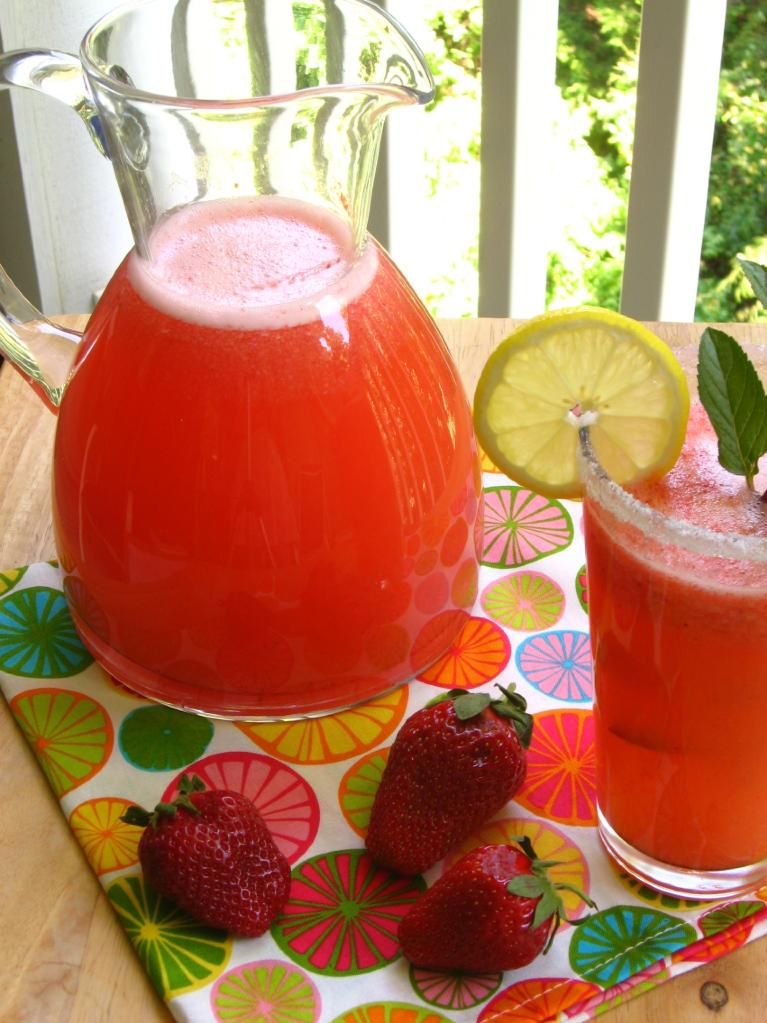
Sparkling Strawberry Lemonade
Recipe by: Adapted from The Sweet Melissa Baking Book by Melissa Murphy
Yields: about 6.5 cups of lemonade
Fresh Strawberry Sauce Ingredients:
1 dry pint fresh strawberries, rinsed and hulled (or maybe a little more)
2 tablespoons sugar
1 teaspoon fresh lemon juice
2 tablespoons cold water
Lemonade Ingredients:
3/4 cup sugar
1 cup very hot water
1 cup fresh lemon juice
4-1/2 cups cold seltzer or sparkling water
Optional Accoutrements:
lemon juice and sugar for glass rims
sprigs of fresh mint
fresh strawberries
slices of lemon
crushed ice
bendy straws!
Directions:
Make strawberry sauce: In a food processor or blender, puree the berries, sugar, lemon juice and water until smooth. Strain the berry mixture into a clean bowl and discard the seeds. Stir in additional sugar, if needed. Cover and refrigerate until used.
Make lemonade: In a pitcher, combine the sugar and hot water and stir until the sugar has dissolved into a syrup. Stir in the lemon juice and cold seltzer water. Add the strawberry sauce and stir to combine. Pour over ice into tall glasses rimmed with sugar (dip rims into lemon juice and then sugar). Garnish with fresh strawberries and other accoutrements, if using. Strawberry lemonade keeps at least 3 days in the refrigerator.
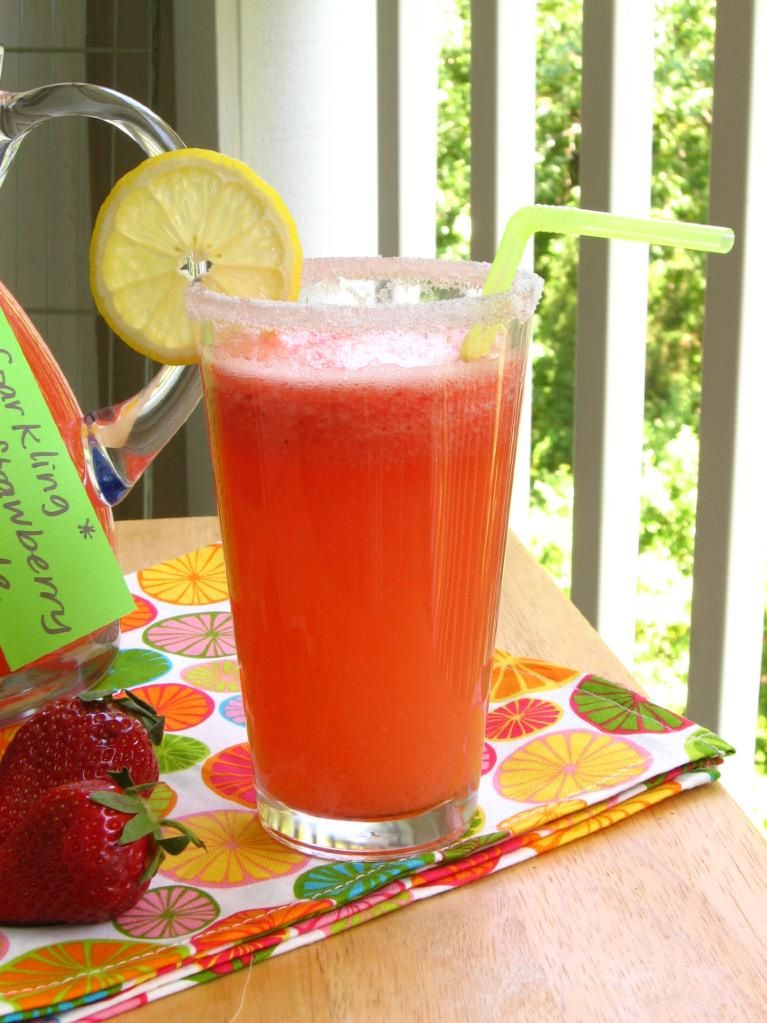
Enjoy!

